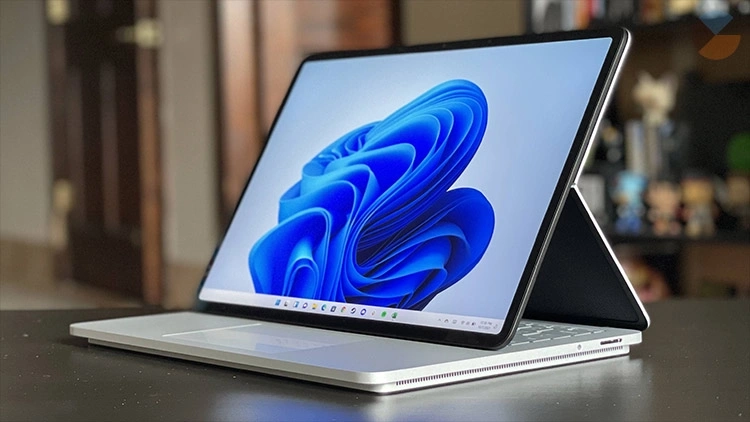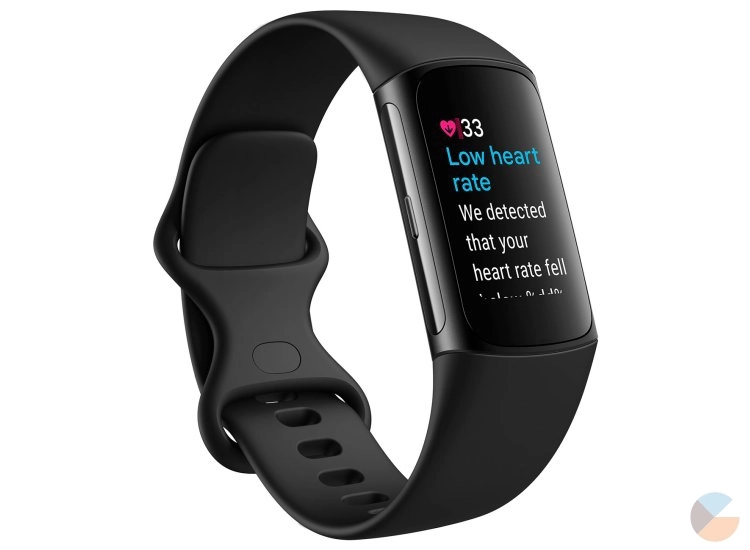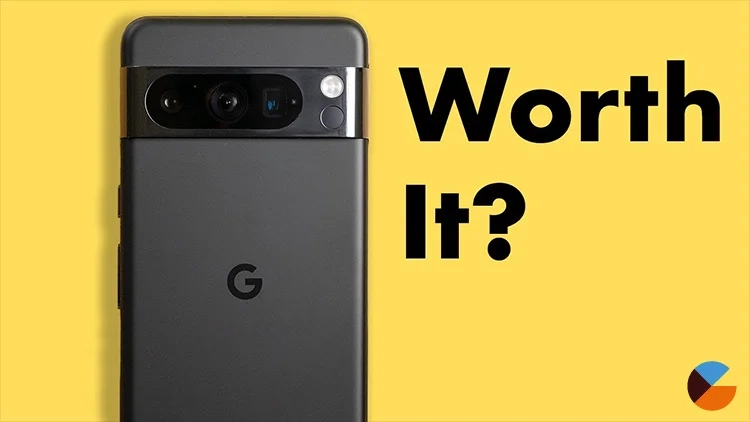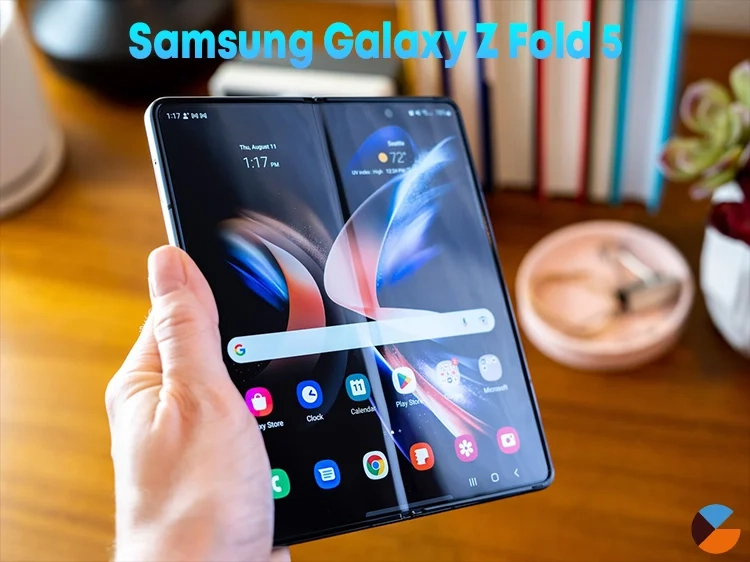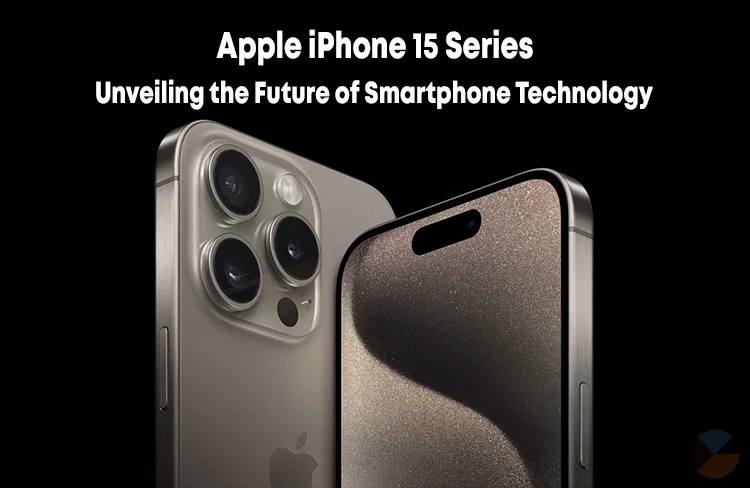Apple Vision Pro vs. Oculus Quest 3: A Comprehensive Comparison
The world of VR (Virtual Reality) and AR (Augmented Reality) is rapidly evolving, with two major players—Apple Vision Pro and Oculus Quest 3—leading the charge. These devices represent the pinnacle of innovation in immersive technology, each with its unique strengths and features. This article delves into the detailed comparison between the Apple Vision Pro and Oculus Quest 3, helping you understand which device suits your needs best.
Meta Keywords:
- Apple Vision Pro vs Oculus Quest 3
- VR comparison 2024
1. Overview of Apple Vision Pro
Apple Vision Pro is Apple's ambitious entry into the world of AR and VR, aiming to redefine how we interact with the digital world. Apple markets this device as a “spatial computer,” blurring the lines between the virtual and physical worlds. It offers a mix of AR and VR, allowing users to navigate through both seamlessly.
Key Features:
- Display: Dual Micro-OLED displays with a combined 23 million pixels.
- Processor: Apple M2 chip combined with an R1 chip for real-time processing.
- Operating System: visionOS, a new operating system specifically designed for AR/VR experiences.
- Input Methods: Eye tracking, hand gestures, voice commands.
- Battery Life: 2 hours with an external battery pack.
- Comfort: Lightweight design with custom fit options.
- Price: Starts at $3,499.
2. Overview of Oculus Quest 3
Oculus Quest 3, developed by Meta (formerly Facebook), is a next-generation VR headset that builds on the success of the Oculus Quest 2. It’s designed to deliver a highly immersive VR experience at a more accessible price point.
Key Features:
- Display: Dual LCD displays with improved resolution over the Quest 2.
- Processor: Qualcomm Snapdragon XR2 Gen 2.
- Operating System: Oculus OS, optimized for VR gaming and apps.
- Input Methods: Touch controllers with improved haptics, hand tracking.
- Battery Life: Up to 3 hours with an internal battery.
- Comfort: Redesigned for better weight distribution and comfort during extended use.
- Price: Starts at $499.
3. Display Quality
Apple Vision Pro: The Vision Pro’s dual Micro-OLED displays deliver an unparalleled visual experience with a combined resolution that exceeds 4K per eye. The pixel density ensures sharp, vibrant images, crucial for both AR and VR applications. The device also supports a wide color gamut, making it ideal for professional-grade visual work and entertainment.
Oculus Quest 3: The Oculus Quest 3 features enhanced LCD panels with a higher resolution than its predecessor, offering clear and immersive visuals. However, it falls short of the Apple Vision Pro's display quality. The Quest 3’s visuals are more than sufficient for gaming and general VR use but may not meet the needs of users seeking the absolute best in display technology.
4. Processing Power
Apple Vision Pro: Powered by the Apple M2 chip paired with the R1 chip, the Vision Pro handles complex tasks effortlessly. The M2 chip manages overall system performance, while the R1 chip is dedicated to processing data from the device’s cameras, sensors, and microphones in real-time, ensuring seamless AR/VR experiences.
Oculus Quest 3: The Quest 3 is equipped with the Qualcomm Snapdragon XR2 Gen 2 processor, a significant upgrade from the Quest 2. While powerful and efficient, it doesn’t quite match the performance levels of the Apple Vision Pro. The Quest 3’s processor is optimized for gaming, but it may struggle with more demanding AR tasks.
5. Input Methods
Apple Vision Pro: Apple’s device excels in its innovative input methods. Users can interact with the Vision Pro using eye tracking, hand gestures, and voice commands. The precision of these inputs makes navigation intuitive and natural, setting a new standard for AR/VR interaction.
Oculus Quest 3: The Oculus Quest 3 offers traditional VR input methods, including Touch controllers and hand tracking. The Touch controllers have been improved with better haptics, providing a more immersive experience. However, it doesn’t offer the same level of natural interaction as the Vision Pro.
6. Battery Life
Apple Vision Pro: The Vision Pro offers around 2 hours of use with its external battery pack, which might be a limitation for some users. However, the external battery can be swapped, potentially extending the usage time.
Oculus Quest 3: The Oculus Quest 3, with its internal battery, provides up to 3 hours of continuous use. While it offers slightly longer battery life than the Vision Pro, it lacks the flexibility of an external, swappable battery.
7. Price and Value
Apple Vision Pro: Priced at $3,499, the Vision Pro is a premium device aimed at professionals and enthusiasts who need the best in AR and VR technology. Its high price reflects the cutting-edge features and technology it offers.
Oculus Quest 3: At $499, the Oculus Quest 3 is much more accessible, making it an excellent choice for casual users and gamers. While it doesn’t offer the same level of performance as the Vision Pro, it provides excellent value for its price.
8. Comparison Chart: Apple Vision Pro vs. Oculus Quest 3
9. Conclusion: Which One to Choose?
The Apple Vision Pro and Oculus Quest 3 serve different markets. The Vision Pro is a high-end device packed with advanced features, making it the go-to choice for professionals and those who demand the best in AR and VR technology. Its price tag reflects its capabilities, but for those who need cutting-edge technology, it’s worth the investment.
On the other hand, the Oculus Quest 3 is an excellent option for casual users and gamers who want an immersive VR experience without breaking the bank. It offers great value for money, with solid performance and a user-friendly design.
Ultimately, the choice between the Apple Vision Pro vs Oculus Quest 3 depends on your specific needs and budget. If you require top-tier AR/VR capabilities and are willing to pay the premium, the Apple Vision Pro is the clear winner. However, if you’re looking for an accessible, high-quality VR experience, the Oculus Quest 3 is the way to go.
You may like
Google Pixel 8 Pro Review: A Masterclass in Smartphone Innovation
Samsung Galaxy Z Fold 5: A Revolutionary Foldable Experience
Apple iPhone 15 Series: The Future of Smartphones









 Ingning
Ingning
